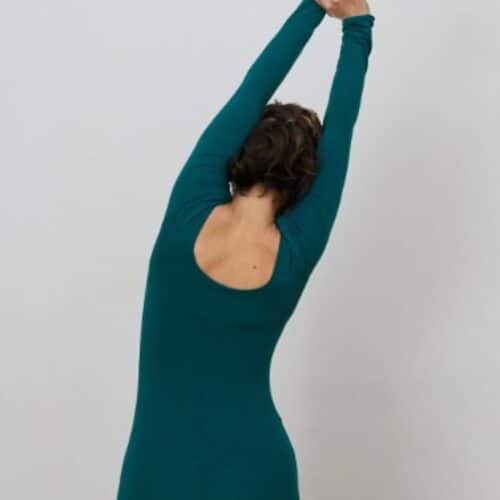Do you know what type of curve you have?
Whenever I meet someone who has scoliosis, one of the most common answers to this question is, “I. Don’t. Know.”
I don’t blame them. This could be for a number of reasons— maybe they were diagnosed with scoliosis at some point and were not told what kind of scoliosis they had. Maybe they were told and the answer was confusing. Maybe they were just busy being a human being on this planet (not an easy feat in IMHO) and haven’t had the chance to find out.
I am here to encourage you to find your curve type, so let’s get into how to do that.
(For the purposes of this post, I am using the phrase curve type casually. Technically speaking, when you use the word “type” in front of scoliosis it refers to the origin of your scoliosis— congenital, idiopathic, neuromuscular, and degenerative. We can go into what this means in another post. I use the phrase curve pattern on my website to distinguish from this.)
Not sure if this still happens, but there was a time when you would get checked for scoliosis at school in the same way you would get checked for lice– by someone who wasn’t necessarily an expert. This was usually done by a simple Adams test, which asks you to bend forward so someone can see if your curve type is visible to the naked eye. Although the Adams test is a lo-fi way to check for scoliosis (I use it in my practice), it can be misleading.
Scoliosis curves go side to side (laterally), but there is also a rotational component. The rotational curve is the aspect of your scoliosis that is more apparent in the forward bending Adams test. As much as your side-to-side curve can vary, so too can your rotational curve. In other words, if you don’t have much rotation to your scoliosis your curve might appear mild in a forward bending Adams test (and your lateral, or side-to-side curves may be more visible when standing).
An Adams test will give you an idea of your pattern, but it can only take you so far when trying to understand your curve type.
At a very basic level you want to find out if your curve is centered in the low, middle or upper back, and if you have one or two curves. There are generally 4 types of scoliotic curve patterns, and, as always, variations on each.
UW Medicine, Department of Radiology
There is lots of exciting new research on the use of ultrasound to measure your curve, and at-home tools like a scoliometer or new apps that have recently become available, but for now a basic x-ray is still the best way to understand exactly what is going on. However, radiology results can be confusing. One thing I have found when working with clients is that they are often given results with no way to interpret them. Here’s how to get ahead of that.
Before you get the x-ray, ask the radiologist for the Cobb Angle. This will help you understand the degree of your curve, and also where the apex of the curve is located. As an example, your x-ray might say:
“34-degree lumbar kyphoscoliosis, convex to the left, centered at L1”
What?
I’ll break this down for you:
lumbar– low back
kypho– rounded or bent forward
Convex– curved outward
So, this person has one curve centered in the mid to low back, with some level of rotation (which they don’t usually measure).
Here’s another one:
“40-degree dextroscoliosis centered at T8 as measured between T5 and T11”
Dextro– Right
T8– located in the upper back
This person has a curve going off to the right in the upper back.
Ok, so as to not overwhelm you at this point we won’t go into all of the examples. Stay tuned for my Free Guide on how to interpret x-rays and understand your curve type.
So, why bother with any of this?
What most people don’t know is that their curve can progress over time. The degree to which it progresses varies from person to person, and this can depend on the size of the curve you start out with, as well as any other spinal conditions you have going on. Scoliosis can also be the reason for some of your accompanying spinal conditions, or even hip and leg issues. (I will also say that some people go their whole lives with scoliosis and have 0 pain or problems from it, so I always want to encourage balance in how you look at this).
Just like any diagnosis, don’t you want all the information at the outset so you can make informed decisions on how to best manage this throughout your life?
Personally, I like the idea of knowing what is going on in my body so I can make my own decisions, in conjunction with the experts. Do you agree, or would you rather not know? Did I overwhelm you or did this help? Still confused? Schedule a call with me.




